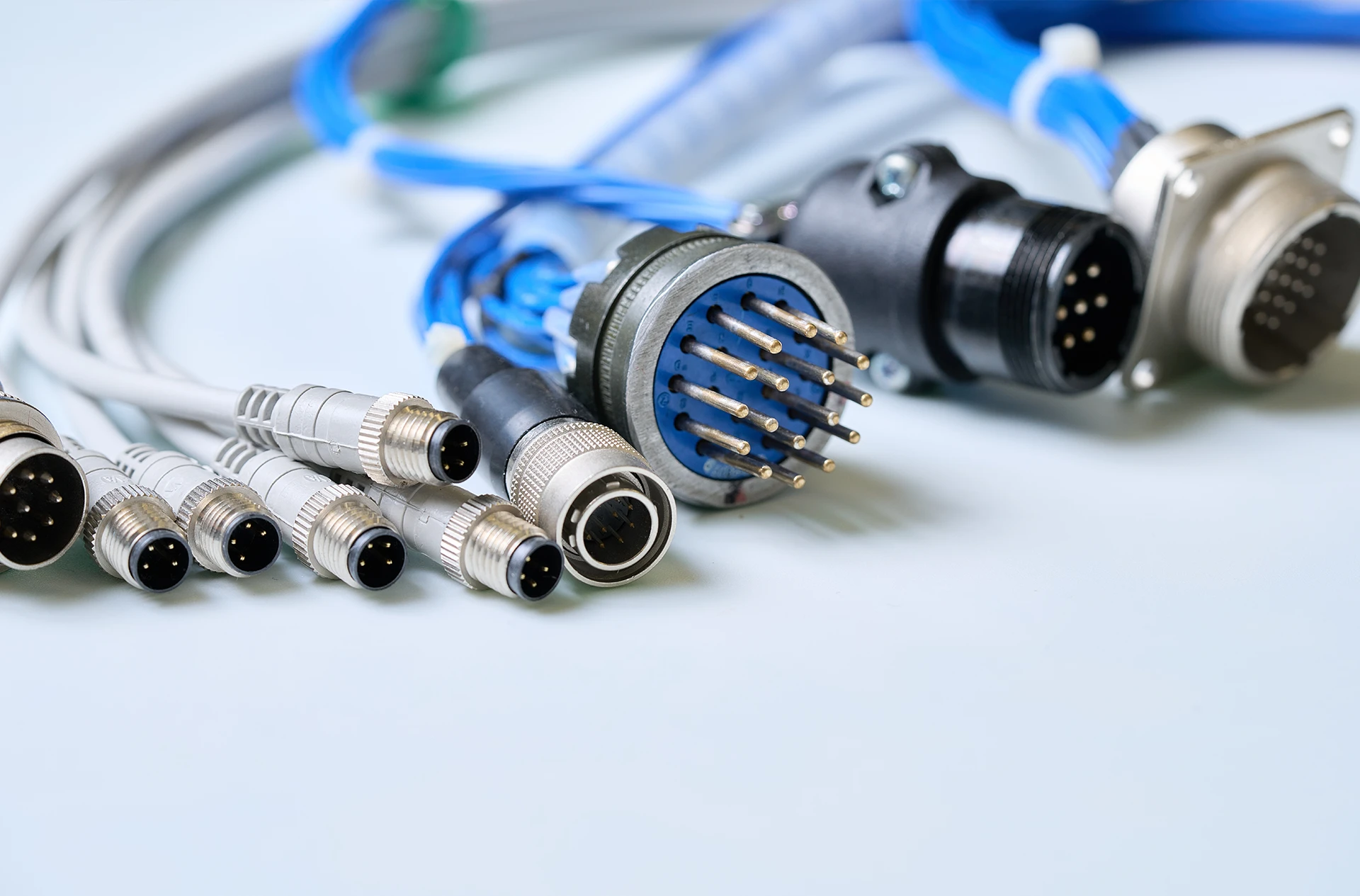Fluxes play just as important a role in cable assembly as they do in the rest of electronics production, as customized cables and cable harnesses must work flawlessly to ensure a high level of reliability.
Electronics would not work without cables as components. In the automotive industry, pre-assembled cables are used for vehicle wiring harnesses, high-voltage connections in electric vehicles and data lines in control units. In industrial electronics and automation, tailor-made cables are essential for machine controls, sensor systems and industrial networks. Special cables are also used in medical technology, e.g. in diagnostic devices, patient monitors and other applications. The aerospace industry requires particularly lightweight and temperature-resistant cables, while coaxial and copper cables ensure fast and stable data transmission in telecommunications and network technology. They also play a crucial role in renewable energies and are used in railroad technology for signal, control and energy transmission systems. In defense and security technology, they are required for military communication, radar and surveillance systems, for example.
Fluxes therefore also play an important role in cable assembly. They prevent the formation of oxides on the metal surfaces, remove existing oxide layers and thus improve wetting with solder. They also reduce the surface tension, allowing the solder to flow better and creating reliable connections. Thanks to their cleaning effect, fluxes remove dirt such as grease or dust and thus contribute to improved soldering quality.
Wide range of fluxes especially for cable assembly
The flux portfolio from Emil Otto includes a wide range of products that ensure reliable soldering in the Cable assembly can be used, depending on the specific requirements of the soldering process and the subsequent operating conditions of the cable connections. As a developer and producer of fluxes, we also offer a wide range of fluxes for cable assembly and strand tinning. The aim when using a flux is to achieve uniformly good tinning using leaded or lead-free solders. It must be possible to control the tinning process so that only a defined length of the strand is tinned.
Any flux residues must not have any effect on the subsequent use of the end product, for example due to corrosion or low surface electrical resistance (SIR). Furthermore, it is important that the flux used does not penetrate the cable and strand sheathing, as otherwise the strands and wires could corrode. In this case, the cable sheathing may be damaged.
The fluxes must meet the temperature requirements of the respective process. If the solder bath is run at higher temperatures, the fluxes must remain active. This is particularly important if the strand coatings are "burned off" during the soldering process.

